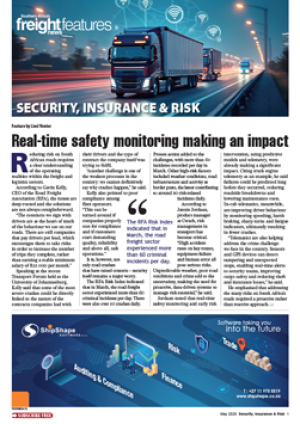Traditional suppliers chase lucrative dollar
Ray Smuts
TOO LITTLE for too many is the essence of South Africa's current meat dilemma which has seen retail prices skyrocket and force many to adopt more affordable eating regimens.
Aside from a global shortage of red meat, sheep imports from mainly Australia have been drastically curtailed due to the high cost, and some Cape wholesalers have slashed their red meat imports by as much as 95%.
What is more, a number of local sheep producers have switched from meat to wool and more than 5 000 livestock growers to game farming in the hope of richer pickings.
South Africa was only allowed to return to exporting meat this year after the foot and mouth outbreaks of 2001, and less than 10% of the approximately 8,2 million cattle slaughtered in a year is currently being exported.
South Africa will always be an importer of meat but prices in those countries to which South Africa has access have become too expensive, which explains why possibly only 300-400 tons a month is coming into the country compared with 3 000 tons a month last year.
Adding to the bleak scenario, traditional red meat suppliers Botswana and Namibia are chasing the lucrative US dollar rather than the lowly rand, and Zimbabwe's meat exports have dwindled to nothingness.
Since January of this year lamb prices have increased by 45%, beef by 40% and pork by 60%. and chicken is also starting to rise as the shortage currently amounts to one million birds a week. (No whole chickens are being imported)
Cape Town importers Craig and Shaun Poultney are convinced meat prices will increase by a further 20% to 30% before Christmas and they question why it is necessary for retailers to mark up by as much as 300% on average at a time when many South Africans are going hungry.
"The main issue facing South Africa is a shortage of animals and we will no longer see cheap meat just as we will not see cheap fruit," says Manie Booysen, c.e.o. of the South African Meat Industry Company
